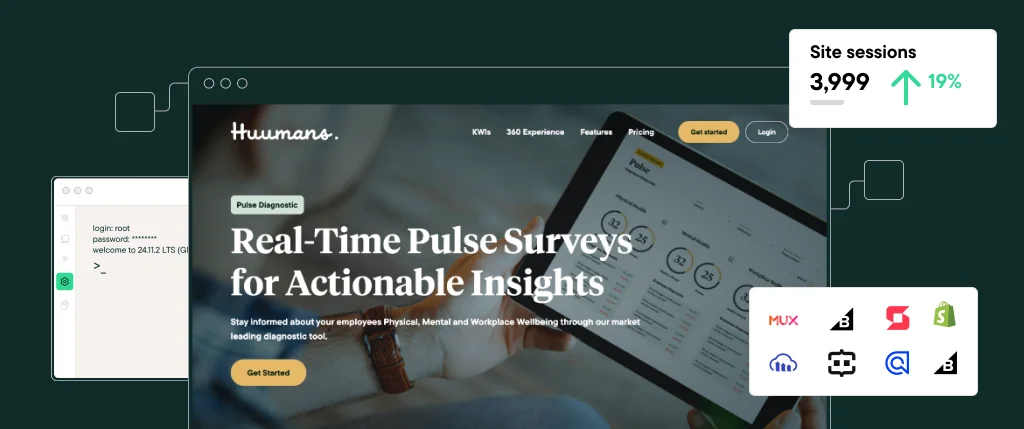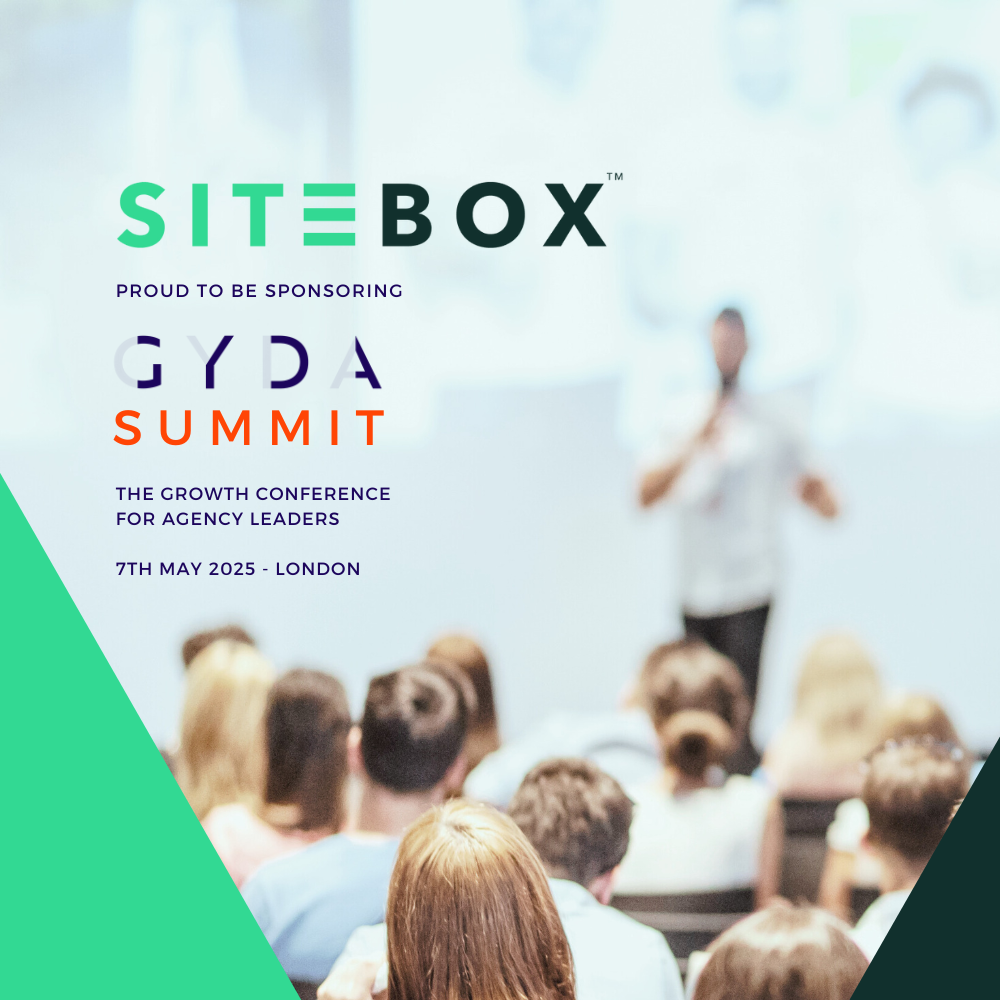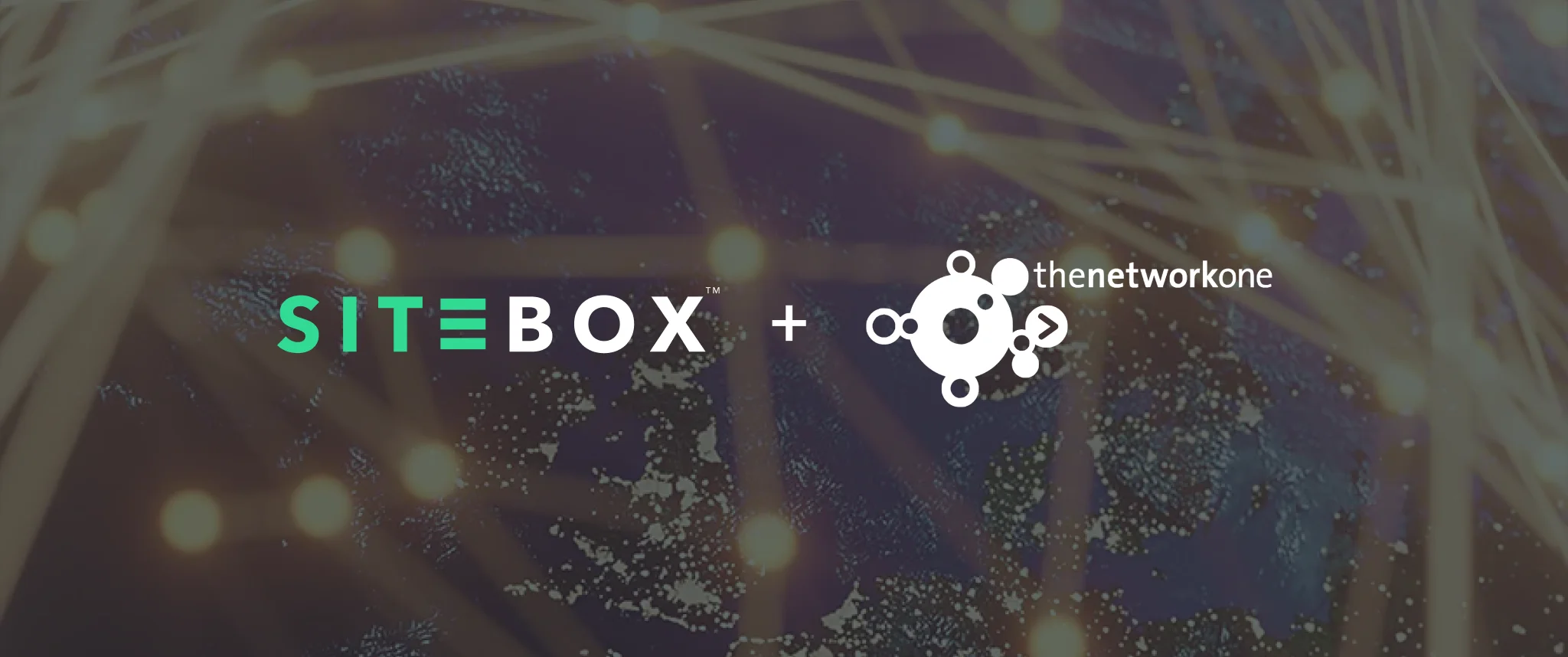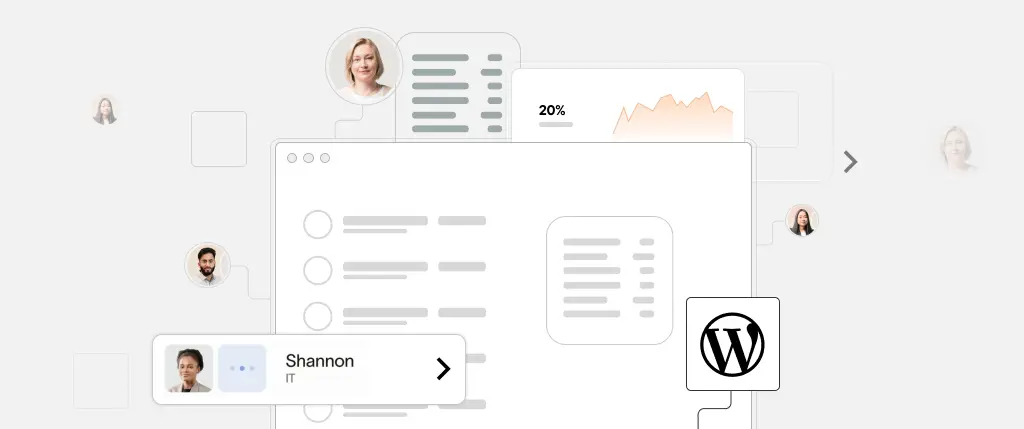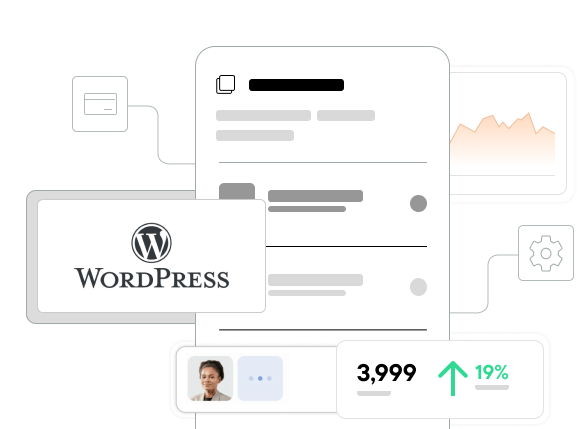Workflows are a tricky thing to work out.
Agency teams, made up of many moving parts, can all contribute to a project far more easily in the digital world through collaborative applications. Yet, there are always blockers that can spring up unexpectedly to throw a spanner in the works for projects, which is especially problematic when there are tight deadlines…
Agencies are constantly seeking ways to streamline the ways that they can work together without affecting their creative outputs that clients come to expect. But did you know which hosting solution you use can ensure both? Utilising the Headless approach to content management is one: decoupling the backend content repository from the frontend presentation layer to offer unparalleled flexibility, while effectively smoothing workflows and letting the website that the end users see sing.
Keen to adopt Headless WordPress? Here’s how it can flip the way that your agency operates.
Decoupled architecture: an introduction
Traditional content management systems (CMS) tightly pack together the content management part (backend) with the presentation layer (frontend) in an inflexible monolithic structure. This stymies the work of web developers, limiting their skills to work within predefined templates, which in turn restricts the innovations they can add to make a website work and flow better.
In contrast though, a Headless CMS separates these two parts; developers can access content with APIs and continue to use their preferred tools to build the very best-in-breed user experiences, which can have even more positive domino effects on each stage of a web build, from ideation to deployment:
A better frontend: with the freedom to choose the best frontend technologies for each project, whether it’s a website or mobile device, developers can leverage their favoured modern frameworks like React, Angular, or Vue.js to create highly interactive and personalised user interfaces.
Faster cycles: the separated layers offered by a Headless CMS allows frontend developers and content editors to work both independently and in parallel. Developers can focus on tidying up the presentation layer while content teams can create, edit, and manage content in the backend at the same time, without affecting the progress of each other. There’s no unnecessary mistakes or reiterated work needed to enable agencies to deliver projects faster.
Getting set for the future: Headless WordPress provides an enduring foundation for your agency’s projects. As new frontend technologies emerge, you can easily adapt and integrate them without having to overhaul the entire system, allowing an agency to quickly respond to changing client requirements and market trends.
Maintain that creative flow: the frontend
Unleashing design smarts is what an agency’s designers and developers are after, and that’s all possible with complete control over the frontend, which provides the visual presentation and UX considerations. Elements that aren’t constrained by traditional WordPress templates can be customised to inject fresh branding across every page.
Elsewhere, Headless allows developers to experiment with consistently advancing frontend technologies. Integrating with third-party services or leveraging APIs can create interactive and immersive experiences, no matter what weird and wonderful design specifications can be raised by clients. With creative freedom, not only can an agency differentiate themselves from competitors, but deliver exceptional results that exceed client expectations.
Content store operations: the backend
Content editors and marketers can take advantage of a user-friendly, intuitive interface to create, edit, and publish content without relying on the work of developers that’s happening simultaneously. A central repository makes it simple for them to edit content models, define metadata, and organise related images or other assets.
Another key perk of Headless is content reuse and syndication across multiple channels and devices. Instead of creating separate content for each platform, content teams can create content once, then distribute it seamlessly to websites, mobile apps, digital signage, and more. While providing the means to conduct a best-in-class omnichannel marketing strategy, content reusability saves time, reduces duplication efforts, and ensures a consistent brand message across every available user touchpoint.
A team in unison
With clear separation of responsibilities and well-defined APIs, teams can focus on their areas of expertise without stepping on each other’s toes, particularly so as Headless WordPress can extend into more robust workflow management features include role-based permissions, version control, and approval processes. With these features implemented by the whole agency team, content can be properly reviewed and approved in real-time before being published.
It’s a headache when live material isn’t quite right, so going Headless can make sure all necessary iterations are completed simply before that can possibly happen.
Choose Headless today
For those looking to reinvent the levels of creativity, efficiency, and collaboration, it’s possible through choosing to host in a Headless CMS. With the right workflows and tools in place, it’s becoming simpler to deliver exceptional digital experiences that captivate audiences, and drive business success for your clients, all while keeping your own agency teams happy.
Our team at SiteBox would love to help you learn more about going Headless – chat to us to discover more beneficial possibilities when using this handy CMS.
